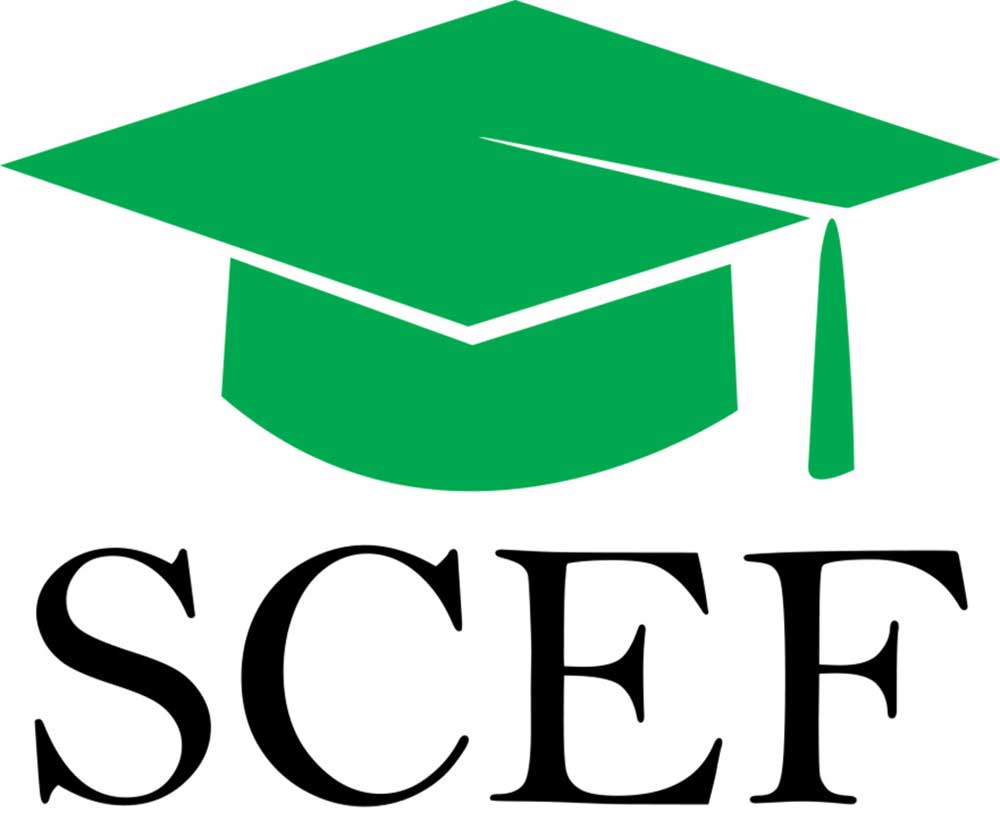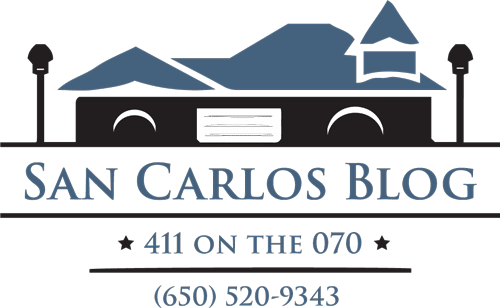
Have you ever wondered how it is possible that we pay such high property taxes in San Carlos, yet our schools face budget shortfalls every year? You’re not alone. Here’s how it all breaks down:
The Birth of Prop 13
Passed by California voters in 1978, Proposition 13 gained national attention and was a main player in the “taxpayer revolt” of the early 1980s. Proposition 13 can be traced back to a time period which saw a monumental, but separate event: the 1976 California Supreme Court Case, Serrano v. Priest. The essence of the court ruling was that the amount of funding going to different districts was inadvertently favoring the more wealthy school districts, and thus other districts were not receiving the same “equal protection” as other school districts in California.
Put more succinctly, districts with higher property valuations were able to fund their schools at a lower percentage of property taxes, than those districts which did not have high property values.
Concurrently, California was experiencing massive growth in all areas, and property values were rising. Without the cap on property taxes, many retired Californians were subjected to constantly increasing taxes each year.
The combination of the court ruling, a surge in property valuations and palpable public angst over out-of-control taxes, the legislature was forced to come up with a suitable answer to the escalating property tax issue.
Prop 13
Proposition 13 was the popular answer. After being placed on the ballot, the measure passed with 65% of the vote. All but three counties in California voted in favor of the measure.
The passage of Proposition 13 meant that:
(1) The annual real estate tax on a parcel of property was limited to 1% of its value.
(2) The assessed value could only be increased by a maximum of 2% per year, until a change of ownership exists.
How Proposition 13 has affected San Carlos schools:
To say that San Carlos schools have been crushed by the ramifications of Proposition 13 is an understatement. When Proposition 13 passed, the San Carlos revenue that was once plentiful was cut by over 57%. As a result, the State of California had to step in and start to take over more of the funding of items such as San Carlos schools.
The irony of this situation is that San Carlos thought it was doing its citizens a favor in the late 1970s by lowering the percentage of its local property taxes that were to be earmarked for public schools. When San Carlos lowered this amount, the State froze that disbursement percentage and has made San Carlos exist on that low percentage ever since. In the late 1970s, supporters of Proposition 13 assured everyone that the State of California would make up the difference with any budget shortfalls to the schools. Obviously, this never happened. Not only did the State not make up the difference, the State instead started to raid the low levels of funding for other needs. Throughout the last 12 years San Carlos has been asked to do more with less money.
Our schools switched over to a charter system as a way of attracting out of district students and maximizing its funding. The schools are essentially on life support and depend on parcel taxes, volunteerism, fundraising and the herculean efforts of the San Carlos Education Foundation, just to keep its head above water and keep the programs that have made it a wonderful educational experience for so many.
Basic Aid vs. Revenue Limit Districts
A key factor to understanding the funding of San Carlos schools is to first understand the difference between the two types of funding models in California, Basic Aid and Revenue Limit.
Basic Aid, also known as “local funding,” essentially occurs when the local property tax revenue disbursement rate in a district exceeds the total general purpose funding that the state would have provided. In other words, there’s no need to factor in any state aid because the property taxes alone surpass the minimum funding level established by the state. Those cities which decided not to lower their percentage of property taxes going toward schools in the late 1970s before the enactment of Proposition 13 are, for the most part, Basic Aid Districts. Palo Alto is one such city that falls under Basic Aid. An unpopular choice at the time for Palo Alto residents, has now paid off exponentially.
Key Point: The upside to Basic Aid is that a district can receive funding in excess of its state-calculated Revenue Limit, and growing property taxes generally translate into more revenue. Only 10% of the districts in California are Basic Aid.
Revenue Limit Districts. The San Carlos School District and the other 90% of all districts in California are Revenue Limit districts. This means that the through the state, and through some limited help from the federal government, Revenue Limit districts are given a set amount per student. Unfortunately, this amount is not nearly enough to realistically cover the cost of education in San Carlos. In fact, cutting everything down to its most basic level, this amount would only generate 79% of the needed revenue to keep San Carlos schools operating the way they are currently today. San Carlos depends on parcel tax measures and the San Carlos Educational Foundation to make up the remaining 21%.
Summary
Proposition 13 is not solely to blame for the current crisis in our schools and city, but it is a significant contributor. Something has to give. After internal budget cuts are made and tax increases are voted down, we need to find a way to keep more of our local property taxes.
I would like to recognize the San Carlos School District, Ed Source, San Mateo County Assessor’s Office and the Palo Alto Unified School District….all provided the information necessary to complete this post.
Why San Carlos Schools Are Short On Money
January 16, 2012
2008-2025 SCEF Diamond Sponsor
 Since 2008 I am proud to have donated auction items and cash totaling $300,000 to the San Carlos Education Foundation.
Since 2008 I am proud to have donated auction items and cash totaling $300,000 to the San Carlos Education Foundation.Subscribe
Get it straight from the top! Bob Bredel is the #1 Realtor for total San Carlos sales volume 2008-2025. Never miss out on San Carlos news by getting our blog in your inbox. As an added bonus, receive quarterly real estate market reports.
Ask Bob Bredel
-

Contact
Bob Bredel
650-520-9343
bob@bredelhomes.comAddress
Christie’s International Real Estate Sereno
662 Laurel Street, Suite A
San Carlos, California 94070Subscribe
Subscribe to receive notifications when new posts are added to the San Carlos Blog.




3 Comments
Some more information provided by San Carlos School Board member, Seth Rosenblatt:
(1) Another major obstacle presented by the passage of Proposition 13 is that school districts now need a super majority (2/3 vote) to pass parcel taxes.
(2) A great video on the the financing of California’s schools can be found here http://vimeo.com/19633910
Bob
Bob,
Thanks for highlighting this important issue of school funding. It certainly is a complicated one. We are fortunate in San Carlos to have such fantastic community support. It makes a huge difference in our ability to deliver a high quality education to our children.
Adam
I still struggle to come to terms with this. I send my kid to a private elementary school for about $500 a month. The school has no endowment nor other source of funding. They also – unlike a public school – must pay for their real estate. The class sizes are around 15. Yes, their furniture is ancient. Their computers still have CRTs. Forget about having a pool. But every penny is carefully spent.
When the last parcel tax came up I looked into the per-student funding our public schools receive. It was significantly more than our $6000 per student per year. My recollection was closer to $9000. Yet I know you can produce excellent results with $6000 a year. On the face of it, I can’t see how $9000 per student necessarily means a “on life support” situation.
Some have responded saying it’s an unfair comparison; that a private school can cherry-pick the straight-A students but the public school has to take everyone. I dispute both notions. A personal friend of mine’s dyslexic kid was left out in the cold by the CA public schools (not SC) – they would not acknowledge his condition, because to do so would compel them to pay for dyslexic educational support. Instead they offered to simply hold the (very smart) child back. He now pays a small fortune for a specialized private school.
I applaud the fund raising efforts and believe – even as I choose not to use them – quality public schools are an asset to everyone in SC. But critical thinking demands we understand how much we have, and how much is enough, vs. submitting to believing that the right amount is simply and continually “more”.